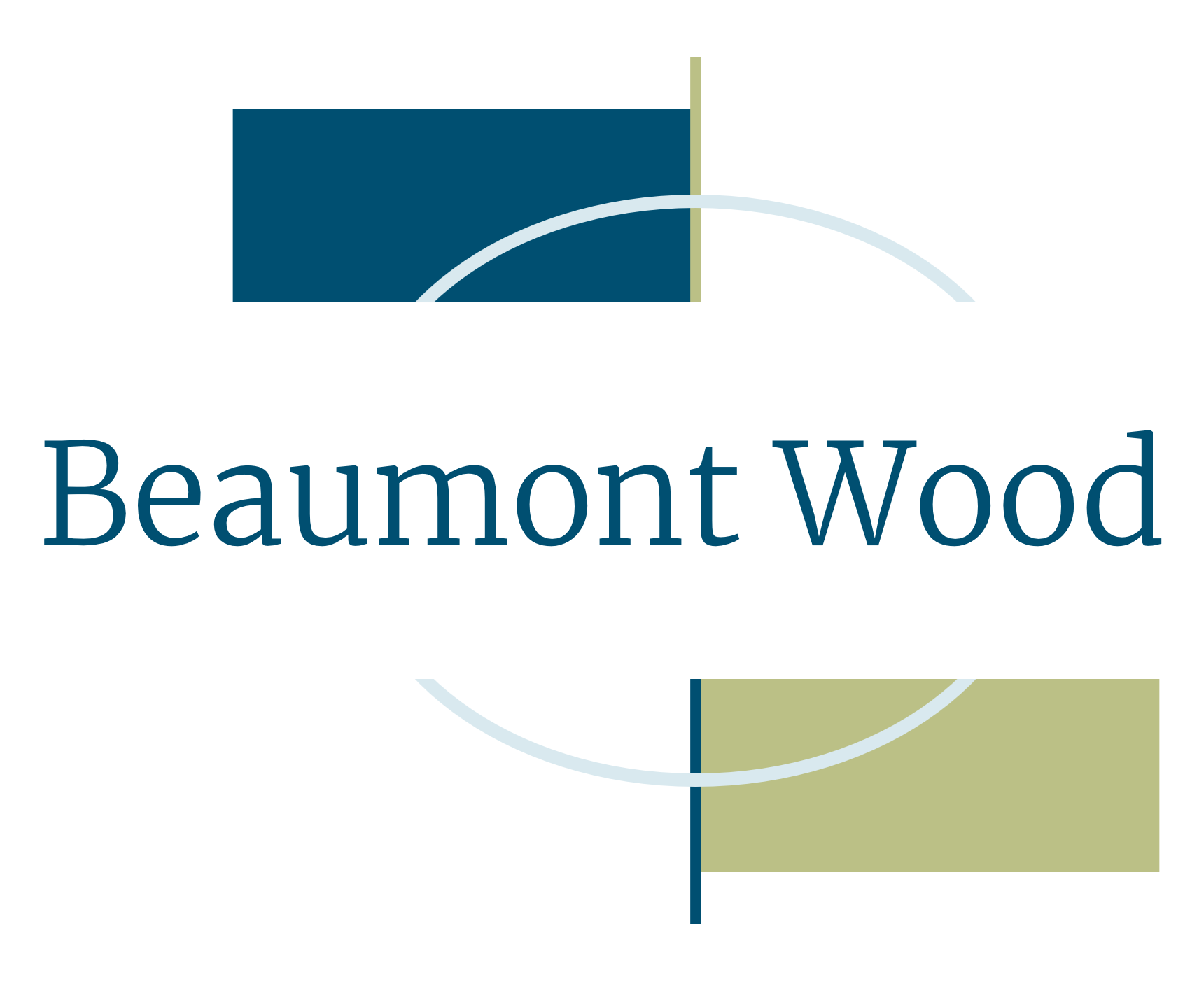There is a very complex series of forces at work when it comes to driving change in the construction industry. It seems we are constantly being shown a new developmental process and either wringing our hands about how it will affect the industry or marvelling at the technological miracle being presented, or possibly both at the same time.
Catalyst areas
To take a bit of a simplistic overview, we can probably consider the drivers for change as a series of catalyst areas.
- Supply and demand pressure. As with any industry, there is a sale point where the construction is paid for. The demand for specific kinds of construction drives the change in methods required to meet that demand. Sustainable buildings and carbon-neutral housing is a classic example of this. New technologies are required to produce more efficient materials. Photovoltaic roof panels are now commonplace in our living spaces for example. One cannot imagine that with the move away from petrol and diesel production how electric charging points for cars will not become standard on a new build.
- Social needs. Construction and the built environment is a function of human need by definition, so clearly, social need is going to be a huge factor in change. Bigger cities mean more housing and more housing means more infrastructure to support the people in those houses. Fast growth, for example in the late 60s, led to the development of CLASP school buildings. These provide not only a good example of systems developing to cope with demand but also the dangers of over-fast development. Many of these buildings supported the low cost and the fast and easy build requirements which were the holy grail of local government with the use of asbestos based materials that have now drastically reduced the usability of the buildings.
- Technological advancement in related areas. It seems only a few short years since we first heard of BIM as a potential for replacing traditional blueprints with 3D modelling processes. Now, BIM is seemingly on the verge of its own development milestone with many people looking to 5D modelling. The inclusion of time management, estimating and costing in Building Information Modelling is an exciting expansion of the current BIM practice. Add to the potential for ‘in-place’ data translated as Augmented Reality and the end user could find themselves virtually walking through a fully spec’d and costed building before construction.
- Single event drivers. It is occasionally the case that a single need or an event can force technological change. Often this requires a collaborative effort to solve a need or react to failing in current practice or materials. The technological advancements in construction required to produce the first oil rigs in the North Sea are a good example of this. Sustainability and the drive towards carbon neutrality in the built environment are pushing new developments. The ‘solar farm’ installed on-site at South West College Northern Ireland is a real sight to see as the robot drones turn the panels to catch every ray of the elusive Northern Irish sunshine.
- Cost and efficiency of design. Construction, while trying to avoid a race to the bottom culture on price, is often driven by cost. Crushing budgets are commonplace, and design and manufacturing are constantly seeking to gain an edge by producing more efficient building materials.
I am oversimplifying greatly here, and, of course, change in construction is often due to several factors combining to create difference.
End user
Whatever drives the change though, the end user is still the most important part of the process of construction. A more efficient kitchen with green credentials and innovative use of materials will still be underpinned with the same criterion as one built 200 years ago. It is a living space, and every advance in the built environment is an advance in better living for the people who work or live in the buildings.

